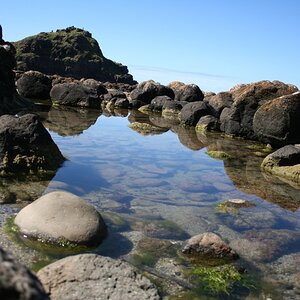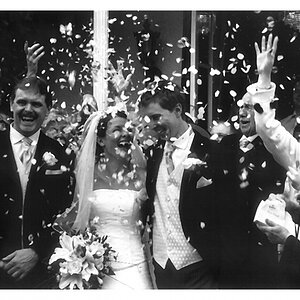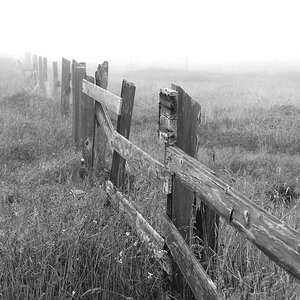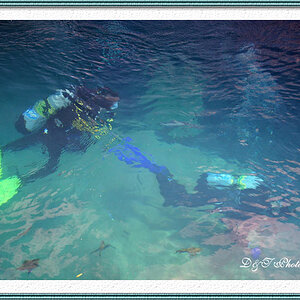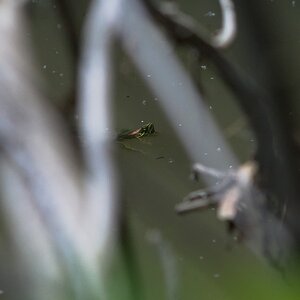MinePro121
TPF Noob!
- Joined
- Jun 22, 2020
- Messages
- 7
- Reaction score
- 1
- Can others edit my Photos
- Photos NOT OK to edit
Hello everyone! Probably the most important piece of hardware for a photographer (apart from the camera) is the computer used for post-editing. And the photos will be edited inaccurately if the monitor is inaccurate itself. So I am thinking about color-calibrating my monitor. Unfortunately, the proper way to do it would be using external hardware (e.g. Spyder), which I can't afford. Also, I did not find any color profiles for my monitor online. I was wondering, is there anything else I can do? For example, using an accurate premade color chart so I can compare the colors with those on my screen or possibly printing my own using a professional photo printer. Do you think any of those would be at least a tiny bit effective? I want to take whatever chances I have.





